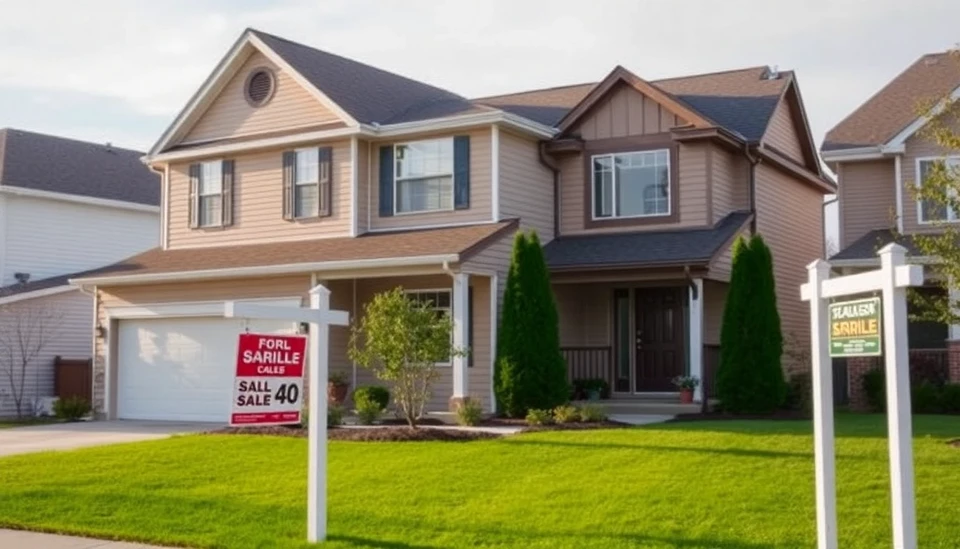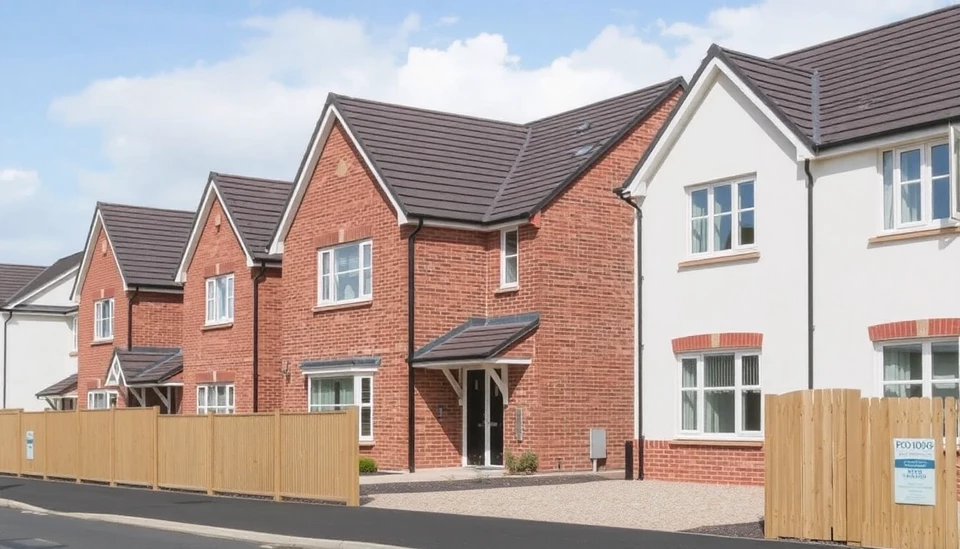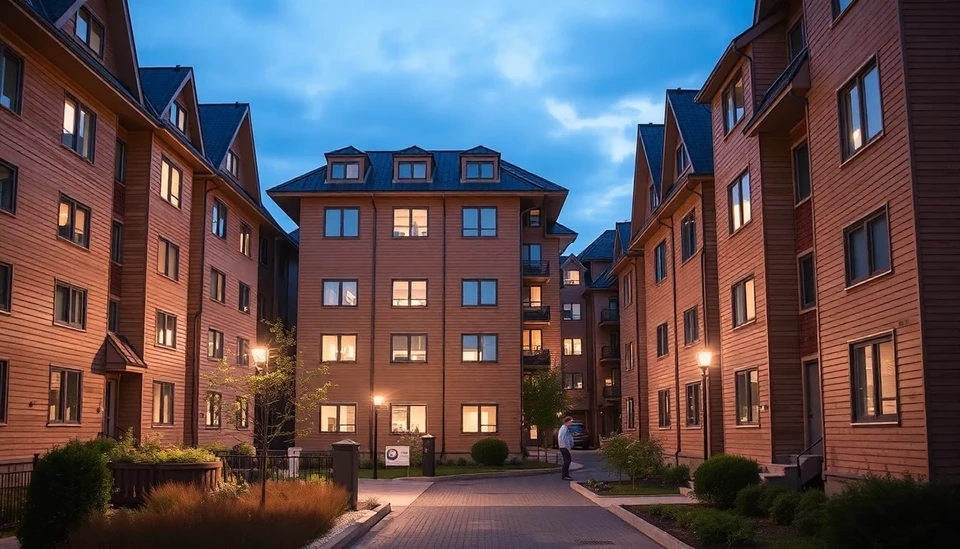
The United States is grappling with a significant housing shortage, a problem that has persisted for years and continues to grow in complexity. According to Zonda’s Chief Economist, Ali Wolf, the factors contributing to this crisis are multifaceted and present daunting challenges for potential solutions.
One of the core issues driving the housing shortage is a considerable gap between housing demand and the ability of builders to keep pace. Wolf indicated that the nation is short approximately 4 million homes to meet the current needs of the population. This discrepancy has been exacerbated by rising costs of construction materials and labor, which have surged in recent years. Consequently, these inflationary pressures are not merely a temporary hurdle but contribute to a prolonged viability issue for construction projects.
Additionally, zoning laws and local regulations have played a pivotal role in stalling housing developments. Many municipalities maintain strict zoning codes that restrict the types of housing that can be built. This often leads to a scarcity of affordable options, as developers are pushed towards high-end projects that align better with existing regulatory frameworks. Such practices create a bottleneck in the housing supply chain, further deepening the crisis for first-time buyers and lower-income families.
Moreover, the interest rate environment has also undergone significant changes. With the Federal Reserve's stance on combating inflation by increasing interest rates, the cost of borrowing has risen sharply. This shift has made mortgages less accessible for many potential buyers, subsequently dampening demand in the housing market and further complicating efforts to stimulate construction.
On the government front, attempts to alleviate this housing shortage have so far yielded limited effects. While some federal initiatives aim to incentivize builders to expand housing developments, many experts believe that systemic reform is necessary to yield substantial results. Wolf suggests that there is a need for more collaborative efforts between federal, state, and local governments to loosen stringent zoning restrictions and encourage the use of alternative housing formats such as multifamily units and modular homes.
Another aspect highlighted by Wolf revolves around the change in demographics and buyer preferences. The increasing trend toward remote work has altered the desires of homebuyers, with many seeking larger spaces and homes located in suburban or rural areas. This shift has influenced where homes are built, emphasizing the need for builders to adapt to these evolving demands while still aiming to close the housing gap.
Finally, the influence of investors in the housing market cannot be overlooked. With rising home prices and a competitive market, many institutional investors have entered the fray, purchasing single-family homes to rent, thus exacerbating the existing shortage for traditional homebuyers. This trend raises concerns over the potential for widening inequality and perpetuating a cycle of unaffordability in the housing sector.
In summary, the U.S. housing shortage is a complex issue rooted in high demand, supply chain challenges, regulatory hurdles, changing market dynamics, and the growing presence of investor activity. As stakeholders on all fronts continue to seek solutions, it is clear that a multifaceted and cohesive approach will be paramount to addressing this pressing crisis.
#housing #shortage #housing #market #Ali #Wolf #construction #regulations #affordability #real #estate
Author: Laura Mitchell




